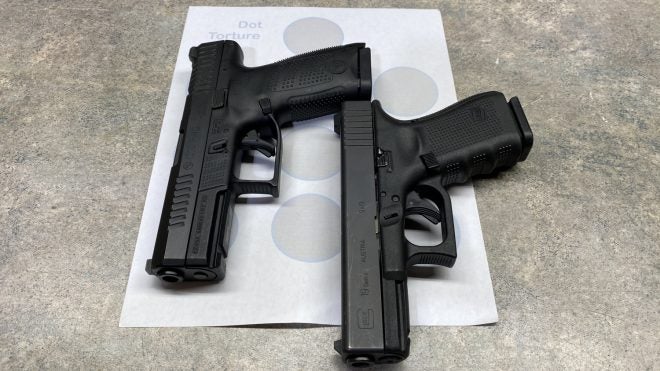In past articles, I’ve talked about how important it is to do various drills or even jump in a competition to help better your skills. I still think that’s important but what about initial accuracy? Whether it’s working on your “cold start” or just doing low round count practicing, it’s incredibly important for a person who carries a concealed firearm on a daily basis. We often talk about various ways to improve shooting as a whole but after thinking a while, I realized it’s important to give information to better hone your skills as a shooter. Let’s break down and take a look at some of the best drills and concepts for people training accuracy for carrying concealed.

Why Accuracy Counts
Whenever I get the chance to go out with other shooters and like-minded buddies, I always like to throw the question out on the table about the most important thing to concealed carrying. Now don’t get me wrong, I always get the typical “have a gun” answer which is true, but fundamentally the first 1-3 shots will be the most important in a self-defense situation. Self-defense shootings aren’t a 20-minute gunfight with multiple reloads and working from cover to cover. I’ve met plenty of people who have a fantasy for violence and train for their expectations rather than looking at reality. Realistically, it’ll be under 5 rounds and probably the most important thing that can determine life or death is that first round fired.
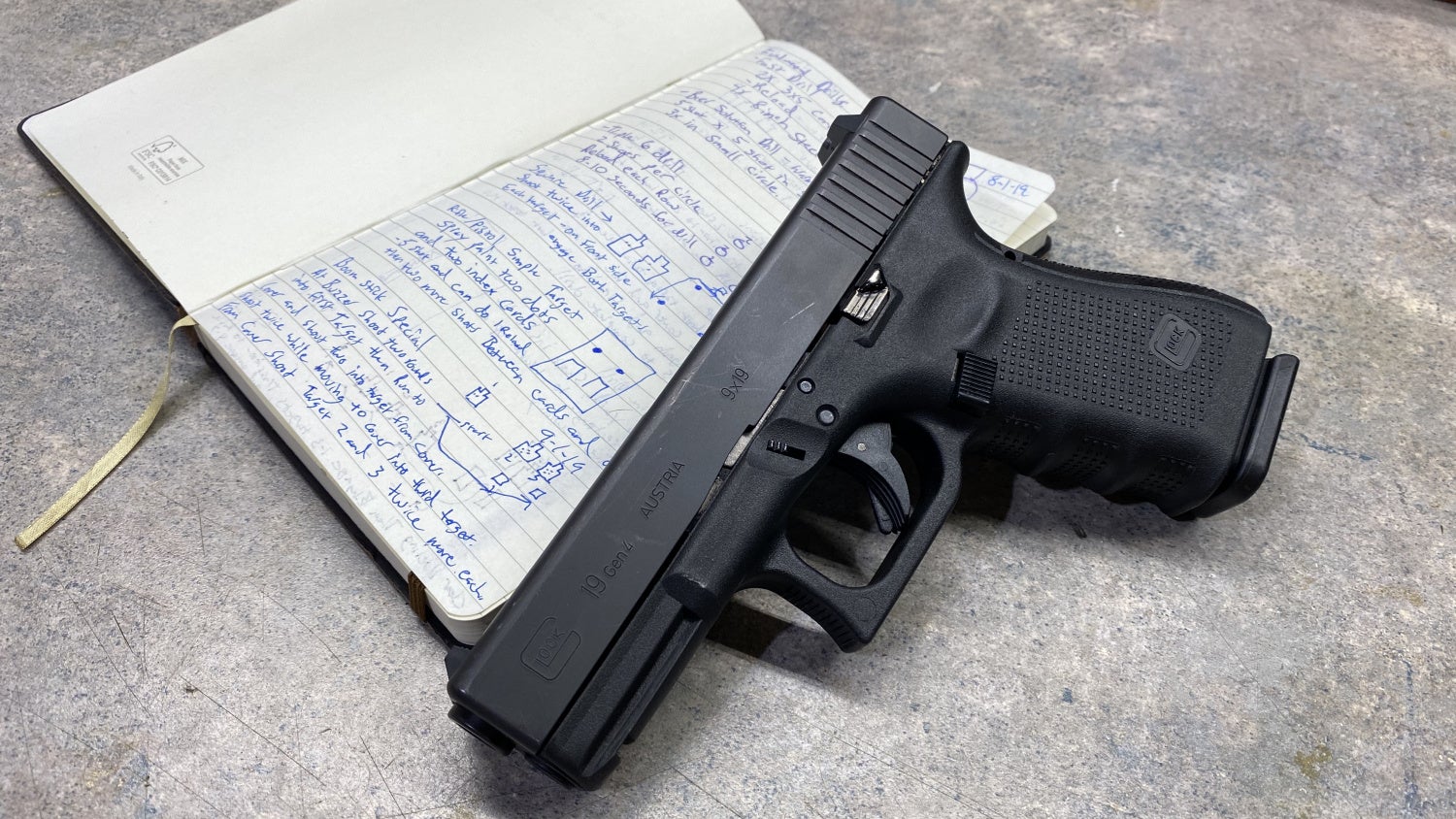
It’s always a good idea to start keeping a range book with different drills to keep track of your favorite drills.
Cold Starts
Being able to draw your weapon and shoot the first round accurately seems like an easy skill, buts it’s anything but easy. If you want to really take a look at how your accuracy is under stress a good indicator is to look at cold starts at the range. A “cold start” is the first drill or rounds fired during a range session. What people fail to realize in most cases is that your “cold start” performance is typically what you will shoot like in a self-defense situation. I’ve shot with plenty of guys that make excuses and just say they need to warm up before we start shooting different shooting drills.

Focusing on your performance of the opening shots really is important to see your overall shooting baseline. Anyone can shoot better after a few drills but the first couple shots will give a lot of insight to your overall habits. Diagnosing the problem is only half the battle though, and to get better you’ll need to isolate your training to correct or improve your shooting.
Ways To Improve Your Accuracy
The old saying “practice makes perfect” really is true when it comes to practicing a perishable skill like shooting. Being able to practice regularly may not be possible for everyone but a simple drill of drawing out of the holster and firing 2-3 times is one of the most effective ways to become proficient. It’s obviously important to work trigger control, breathing, stance and everything else that’s fundamental to good shooting, but isolating and practicing what’s important is by far the best.
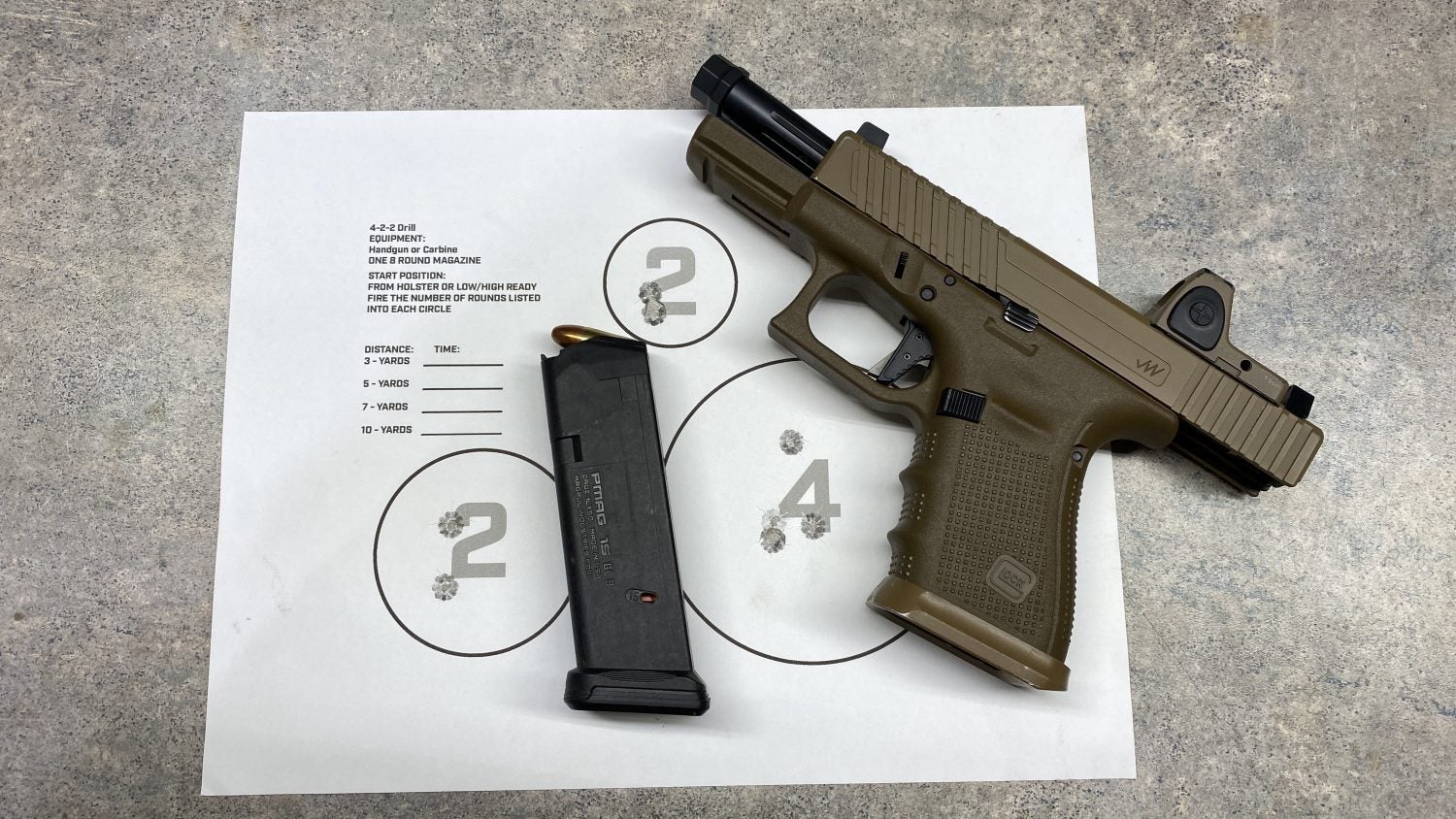
Now I am fully aware of the insane ammo shortages going on as well as some ranges being closed due to the COVID-19 pandemic, but there’s no real substitute to actual live fire at the range. Probably one of the best drills for accuracy in a concealed carry situation is a dot torture drill. I will typically modify the dot torture drill where I draw and fire from the holster on every circle. This will keep the overall round count of the drill down while offering the maximum number of reps possible. Practicing drills where there are multiple targets and engagements can help in other aspects but typically won’t help with your first shot accuracy if that’s what you’re focusing on.
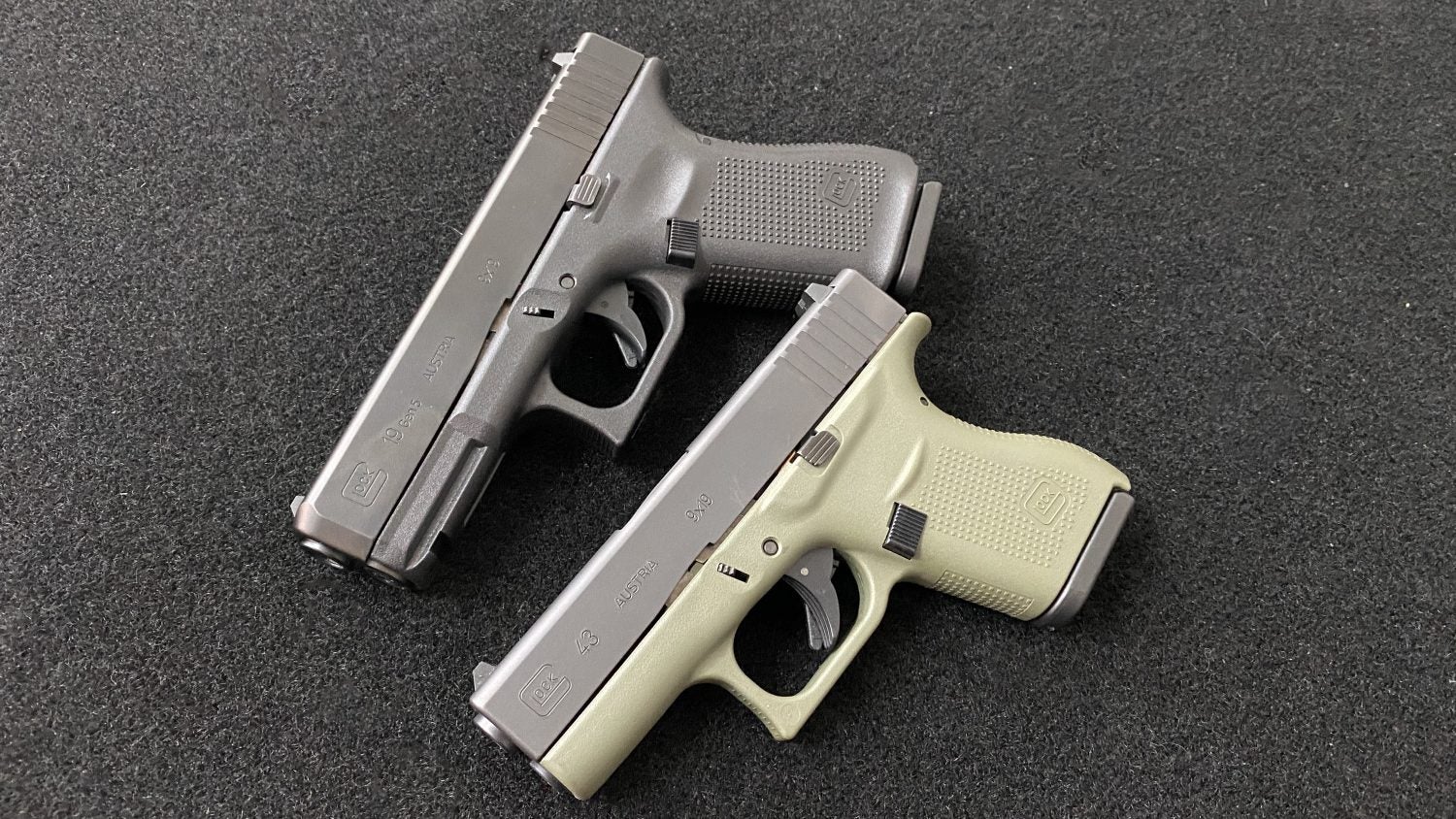
Dry Firing
Now if your race is closed due to COVID, I really do sympathize with you. It’s been a struggle for most shooters to get out and enjoy the range with everything restricted or downright closed. Even though some ranges are closed, working on various skills like trigger control, sight picture, and trigger pull are great ways to put work in without doing live fire training. It may not be the ideal way to practice but with ammo costs reaching insane prices, dry firing can keep your skills sharp without spending a fortune.

Snap caps are a great way to practice dry firing while being safe.
Overall Thoughts
Visiting the range and training skills can be one of the most rewarding things to do but it’s important to remember training what’s important. One of the most important things when carrying concealed is having the ability to accurately place shots on target when it’s absolutely needed. Being able to quickly place accurate shots when it’s needed will determine whether you survive or lose a fight. Looking at your “cold start” performance and trying to improve your skills is one of the best ways to see your baseline skill.
Isolating your skills and trying to improve will help with your initial accuracy over time. If the range isn’t an option during COVID, dry firing is a great alternative to live fire on a range. The most important thing you can do is quickly place accurate shots on a target if there’s no other option and your life is at risk. Let me know what you guys do to work on accuracy for carrying concealed. Is it important to focus on or should it be a part of a bigger picture when shooting? Let me know in the comments below. If you have questions, feel free to contact me on Instagram @fridgeoperator. Stay safe out there.
TFB’s Concealed Carry Corner is brought to you by GLOCK
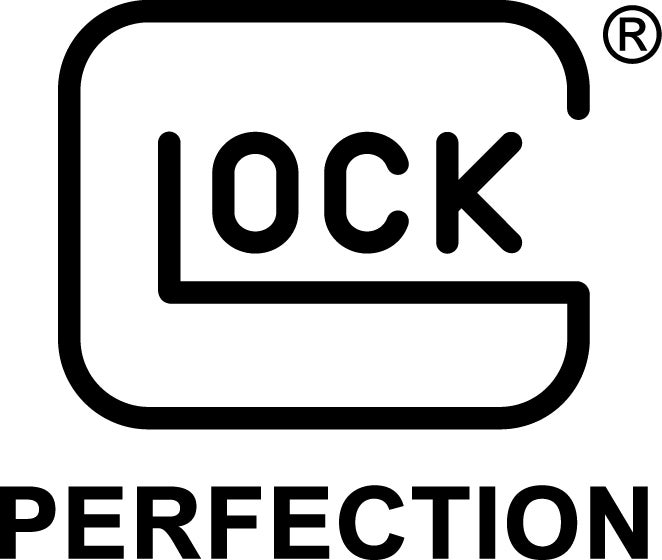
 Your Privacy Choices
Your Privacy Choices
